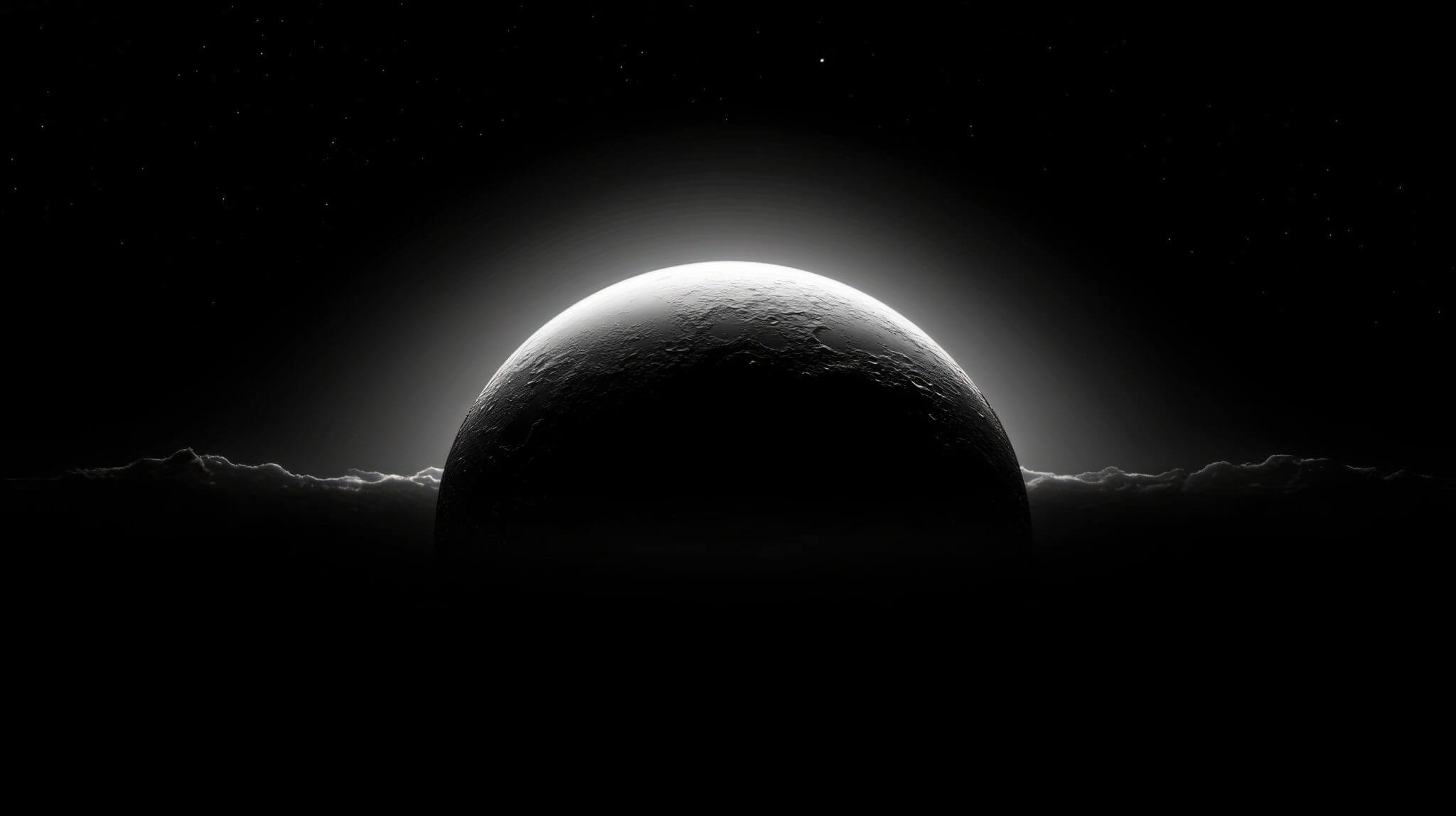
Extremely Rare Star Explosion Set To Be Visible From Earth This Week
Get ready for a night lights show you won't want to miss.
By: Harry Boulton | UNILAD Tech
Anyone interested in stargazing should have their eyes keenly fixed on the sky this week, as there’s a strong chance you’ll be able to witness an extremely rare star explosion from the comfort of your own home.
While the night sky is certainly beautiful in its own right, certain uncommon events can make it an unmissable experience for a short period of time. Solar eclipses, the Northern Lights, and even a shooting star are all events that’ll leave anyone amazed, but this upcoming incident is something you should definitely pay attention to.

As reported by Daily Galaxy, it could be as early as this week that we can see the extremely rare explosion of the Blaze Star, otherwise known as T Coronae Borealis inside the Northern Crown.
The exact date that its explosion will become visible is currently unclear, as it could be any time in the next couple of months, but astrophysicist Jean Schneider at the Paris Observatory has predicted that it could fall on March 27, 2025.
While this unpredictability is understandably frustrating, the good thing about a star explosion like this is that it will last for at least a couple of days, so you don’t have to worry about missing it overnight or when you’re not looking.
It’ll reach peak brightness for a couple of hours after the explosion begins, and then slowly fade back to it’s typical visibility over the course of the next few days giving you plenty of chance to observe the amazing event yourself.
It’s been 78 years since we last had a nova event in the Milky Way, and the staggering nature of the Blaze Star is that it’s been over 3,000 years in the making.
Due to the fact that T Coronae Borealis is located around 3,000 light-years away from Earth, it takes an incredibly long time for the light to become visible to us on Earth. We’re seeing it happen in ‘real time’ on Earth, but astrophysicist’s estimate that the explosion actually occurred at around 1,000 BCE, or in the Bronze Age.

If you’re looking out for the Blaze Star, you’ll first need to locate the Northern Crown. This is a C-shaped constellation that can be spotted if you look east before dawn now that we’re in late spring.
Once the explosion occurs you’ll notice that the Northern Crown has a new star among it – one that shines brighter than those around it – and that’ll be the Blaze Star current exploding.
Right now you won’t be able to see T Coronae Borealis as it has a brightness level of magnitude 10, whereas at its peak following the explosion it’ll reach magnitude 2, making it easy to spot in the night sky.
* * *
You’ll Love This One …
Simulations Show That The Mysterious ‘Planet 9’ May Actually Be Out There
A fresh perspective on the elusive Planet Nine has emerged, suggesting that this mysterious object might be smaller and more Earth-like than previously imagined. A recent study based on computer simulations presents a new take on the hidden planet lurking in the outer reaches of our Solar System.
Researchers Patryk Sofia Lykawka of Kindai University and Takashi Ito of the National Astronomical Observatory of Japan delved into the behaviour of distant Kuiper Belt objects. Through extensive simulations, they found that an undiscovered planet—one slightly larger than Earth—could explain the peculiar orbits of these frozen celestial bodies. Their findings, published in The Astrophysical Journal, suggest that this planet might be orbiting at a staggering distance, somewhere between 250 and 500 times farther from the Sun than Earth.
Could Planet Nine Be a Remnant of Early Solar System Formation?
The idea that an Earth-sized planet exists in the far reaches of the Solar System raises questions about its origins. Some researchers speculate that this hypothetical planet could be a remnant from the early days of planetary formation—perhaps a planetary embryo that was ejected from the inner Solar System due to gravitational interactions with Jupiter or Saturn. If this is the case, Planet Nine might be composed of similar materials to Earth, containing a rocky core and possibly even a thin atmosphere.
Other theories suggest that the planet could have formed directly in the outer Solar System, where conditions were vastly different from those in the inner regions. Unlike the gas giants, which accumulated thick atmospheres of hydrogen and helium, a smaller, more terrestrial world in this distant region might have retained a solid, icy composition. If such a planet exists, studying its properties could reveal new insights into planetary formation and migration models.
* * *
READ MORE: Scientists Discover Truth Behind Mysterious Radio Signal In Deep Space That Repeats Every Two Hours
Knowledge! Why Do Stars Twinkle?
Telegram: Stay connected and get the latest updates by following us on Telegram!
We’d love to hear from you! If you have a comment about this article or if you have a tip for a future Collective Spark Story please let us know below in the comment section.


Are you ready to witness a star explosion that hasn’t been seen in 78 years?